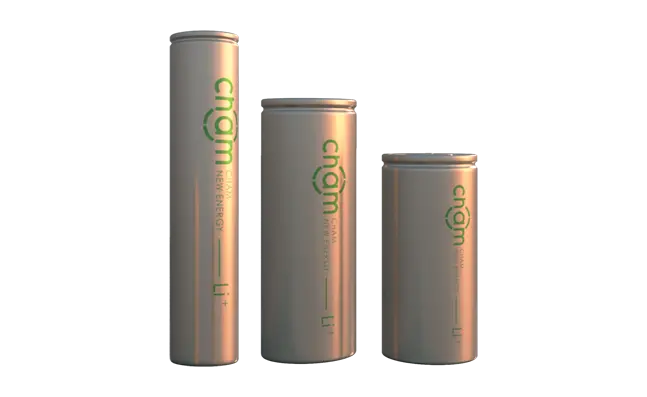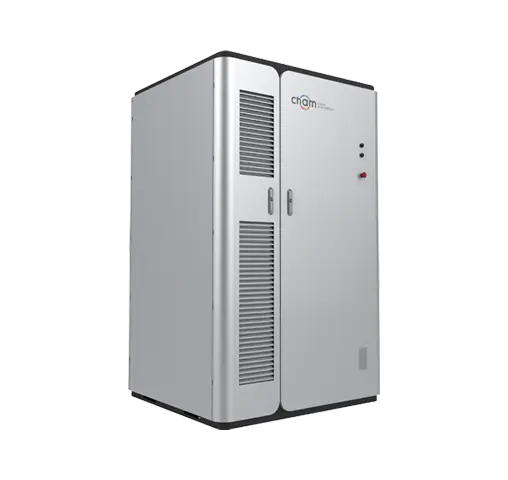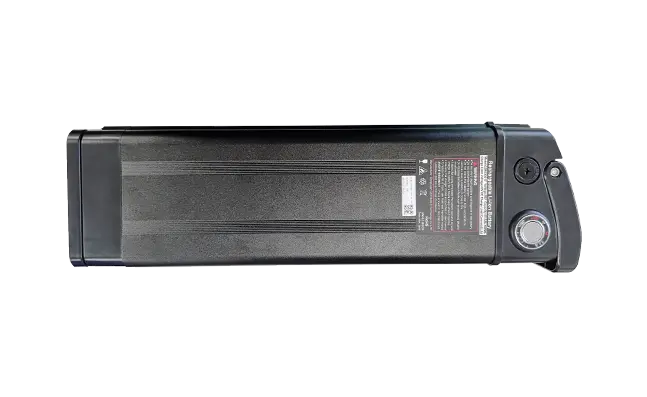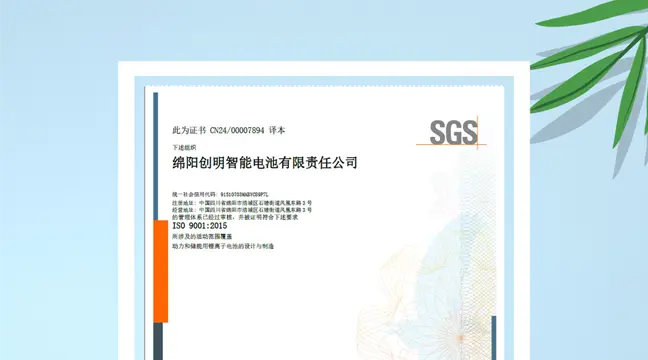Capacity Requirement Matching: First, you should determine the required battery capacity, which is the amount of energy the battery needs to provide in a particular application. This depends on the device's power consumption and expected usage time. Selecting a battery with sufficient capacity to meet the needs of the device is key.
Consistent Matching: When using multiple 18650 cells in a particular device, make sure they are as close in capacity as possible and have similar battery characteristics. This avoids unbalanced charging and discharging between cells, thereby improving the performance and lifetime of the system.
Charging and Discharging Efficiency Considerations: In general, larger capacity batteries provide longer usage time, but may also increase charging and discharging time. When choosing a capacity, it is necessary to weigh the relationship between the use time and charging efficiency to meet the requirements of a specific application.
Battery Life: Larger capacity batteries generally have higher charge-discharge cycle life. If the device needs to be charged and discharged frequently or used for a long time, it may be more advantageous to choose a battery with a larger capacity, because they can provide a longer service life.

 Energy Storage
Energy Storage Green Mobility
Green Mobility Intelligent Equipment
Intelligent Equipment Consumer Electronics
Consumer Electronics EN
EN 














